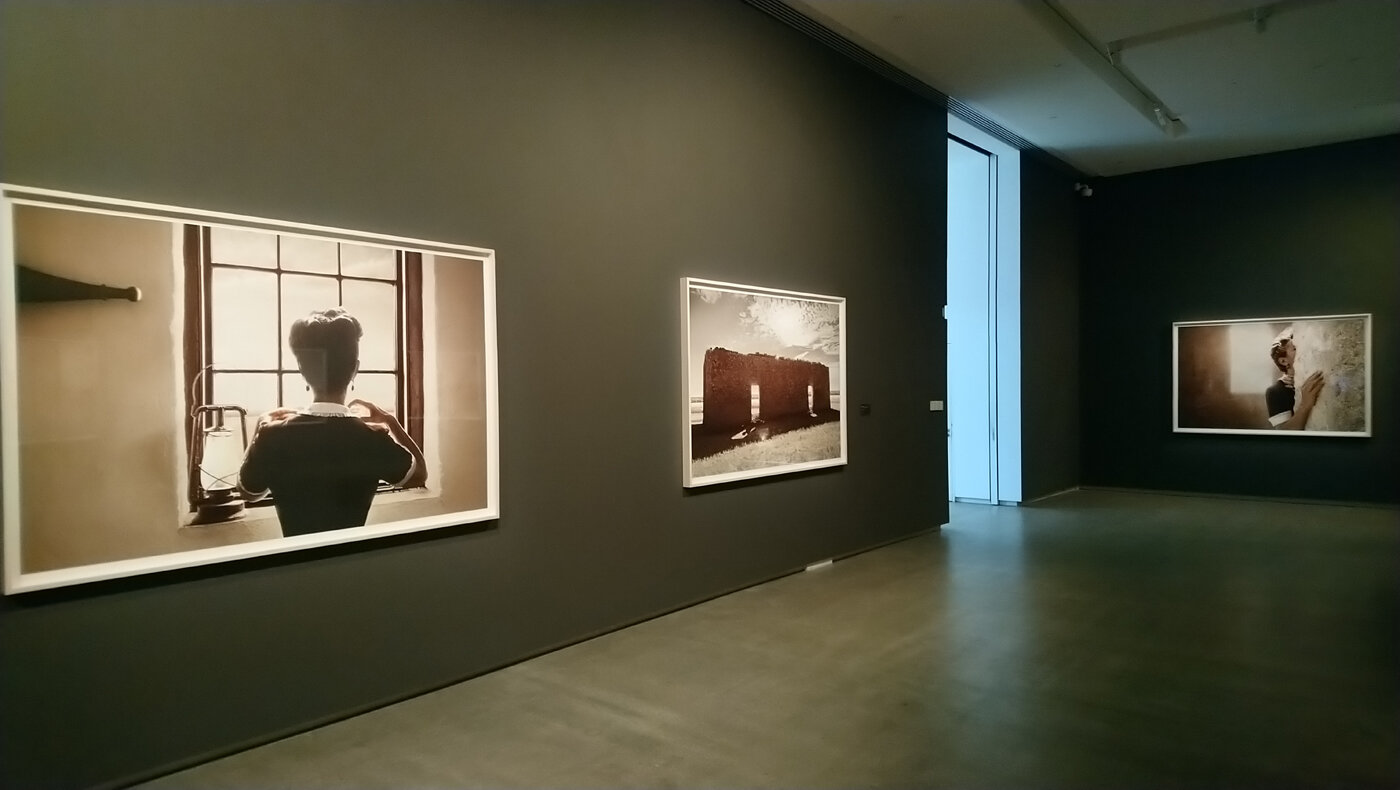A major upcoming exhibition of photography at the National Gallery of Victoria brings to mind one of Australia’s most revered photographers - Max Dupain (1911 - 1992).
Dupain produced in 1938 one of the most iconic images of 20th Century Australian photography - The Sunbaker. It was in the 1970’s that this image really came to prominence as it was thought to represent an image of a carefree, post Vietnam War, beach loving society which gave it a social context. There was much discussion at the time of the notion of an Australian identity - what is was to be Australian. Apparently, Dupain regarded the image as just a holiday snap shot and he became increasingly uncomfortable with how the average viewer might add their interpretations to the image.
The Sunbaker, 1938
There is more than one version of this image, taken by Dupain at Culburra, south of Sydney. Perhaps one of the ironies of The Sunbaker is that the subject is an English migrant, Harold Salvage who was a close friend of Dupain’s. A print of the photograph was purchased by the National Gallery of Australia in 1976.
Sunbaker inspired artist Julie Rrap to produce her own interpretation of the image in bronze and steel. Believing Australia to no longer be the casual, fun loving place it was once perceived to be, she decided on trying to imagine the pose from underneath, as if the model is lying on a sheet of perspex, in order to explore the underbelly of society.
Julie Rrap, Speechless, 2017 bronze & steel (Roslyn Oxley9 Gallery)
Dupain received his first camera at the age of 12 and later joined the Photographic Society of New South Wales. After serving in the second world war, his objectives in photography changed and he aimed to achieve a documentary truth in his image making. He claimed that he wanted to abandon the "cosmetic lie of fashion photography or advertising illustration".
Impassioned Clay, 1936, double exposure, (National Gallery of Victoria)
Dupain embraced almost all genres in his photography - portraits, nudes, still life and later in his career, architecture including images of the Sydney Opera House under construction. He only ever photographed in black and white, believing that this enabled him to achieve a simplicity and directness, in addition to allowing the viewer to add their own interpretation.
Collins Street Melbourne, 1946
Shortly before his death in 1992, Dupain bequeathed to his longtime studio manager and photographer Jill White, 28000 exhibition archive negatives for use by her. Dupain was appointed an OBE in the 1982 New Years Honours list and 10 years later was made a Companion of the Order of Australia.
Australia Square Through A Keyhole, 1975













































